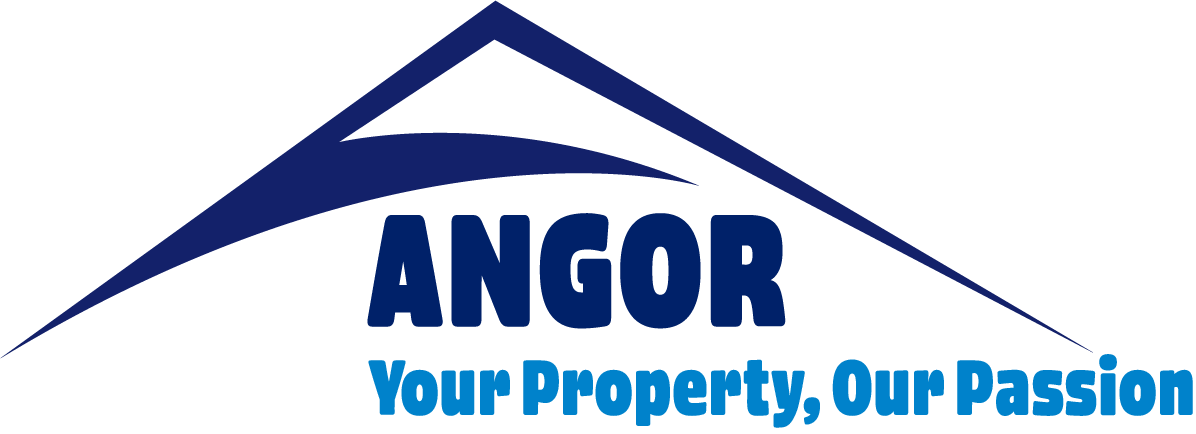Sectional title levies – What am I paying for?
One of the primary complaints received from owners in sectional title schemes around the country is, “My levies are too high, what can I do?”
In order to understand why levies can be considered “too high”, we first need to understand why levies, or contributions, are necessary in the first place.
Please note that for the purposes of this article, we will not be discussing:
– contributions due from owners who hold exclusive use rights;
– contributions due from developers who hold rights to extend the scheme; or
– special levies.
What are levies?
The Sectional Titles Schemes Management Act requires a body corporate to collect contributions (levies) from all members of the body corporate (in other words, all owners of sections in the scheme), in order to cover the common expenses and operating costs that the scheme will encounter during a given financial year.
These contributions are paid into two funds held and operated by the body corporate:
- The administrative fund, from which monies are drawn to cover the day-to-day maintenance and running costs of the scheme in terms of an approved budget; and
- The reserve fund, from which monies are drawn to cover the long-term repair and maintenance requirements of the scheme, in terms of the 10-year Maintenance, Repair and Replacement Plan.
Therefore, in simple terms, the levies cover all expenses that the body corporate encounters throughout a financial year. These expenses will vary from scheme to scheme, but will generally cover costs such as:
- General maintenance of the common property, such as roads, gardens and swimming pools.
- Cleaning of the common property.
- Security, including infrastructure, systems and personnel.
- Insurance premiums
- The management fee for the managing agent
- Payments for other services rendered to the body corporate (auditors, attorneys etc.)
- Rates, taxes and other municipal bills
- Banking and other similar administrative charges
- Major long-term maintenance projects (repainting, reroofing, repaving etc.)
How are levies or contributions calculated?
Once the trustees have determined the estimated costs involved with the running of the scheme over the period of the upcoming financial year, they can then set an admin and reserve fund budget accordingly. These budgets are then sent to all owners for approval at the body corporate’s Annual General Meeting. Once these budgets are approved by the owners (sometimes owners will request that the trustees amend the budgets before final approval is granted), the trustees can then calculate the contributions payable by each member of the body corporate.
Contributions are divided amongst owners according to the Participation Quota (PQ) of the section that they own, which is arrived at by dividing the floor area of their section by the floor area of all the sections in the scheme.
Put simply, if an owner has a section that measures 50 square metres, and the floor area of all the sections in the scheme together is 1000 square metres, the owners’ PQ will be 5.0000, or 5%. This owner will then be liable for contributions equal to 5% of the total budgeted expenses of the body corporate.
In most cases, the trustees resolve to collect the amount due in monthly instalments over the period of the financial year.
Tips to ensure levies are kept as low as possible
Now that we have explored a basic overview of the need for contributions and the way that these contributions are shared amongst owners, let us look at a few ways in which owners can ensure that levies remain as low as possible.
The best way to ensure that levies are kept as low as possible is to serve as a trustee and get involved in the annual budgeting processes for the scheme. It is important to know that it is the trustees, and not the managing agent, who have the final say in budgeted line items.
This is important because it means that even if a managing agent is urging a scheme to use “their” suggested service provider, for insurance, as an example, that the trustees may appoint an insurance company who are considerably cheaper. This applies to other services, such as auditors, security companies, garden services and contractors for maintenance work. Often, these contracts are signed for the period of a financial year, so alternative providers can be easily appointed.
A few changes in these types of expenses can save the body corporate thousands of Rands a month, and consequently, bring down the contributions due by each member of the body corporate.
Another way in which you can keep levy contributions as low as possible is to carefully study the budget and the Annual Financial Statements, presented by the trustees before the AGM, before simply approving them. Querying costs that you are unsure of, or that seem to be higher than necessary, will bring attention to these items and may cause the trustees to investigate and explain why the cost is high, or alert them to seek more cost-effective alternatives. This will ensure that the scheme’s finances are being managed carefully and will assist the trustees in adjusting costs for the next financial year.
It is important to note, however, that expenses that raise alarm bells do not mean that the trustees are attempting to defraud the body corporate – often, trustees are untrained in financial matters and will welcome the suggestion or assistance in these matters. Handling these interactions as an ally and not an accuser will go a long way in fostering cooperation in these matters.
Article reference: Paddocks Press: Volume 16, Issue 3.
Article Dates: 31 March 2021
Specialist Community Scheme Attorney (LLB, LLM), Auren Freitas dos Santos, is the Director of The Advisory, a boutique law firm specialising exclusively in community schemes law. Contact him at www.theadvisory.co.za.
This article is published under the Creative Commons Attribution license.

